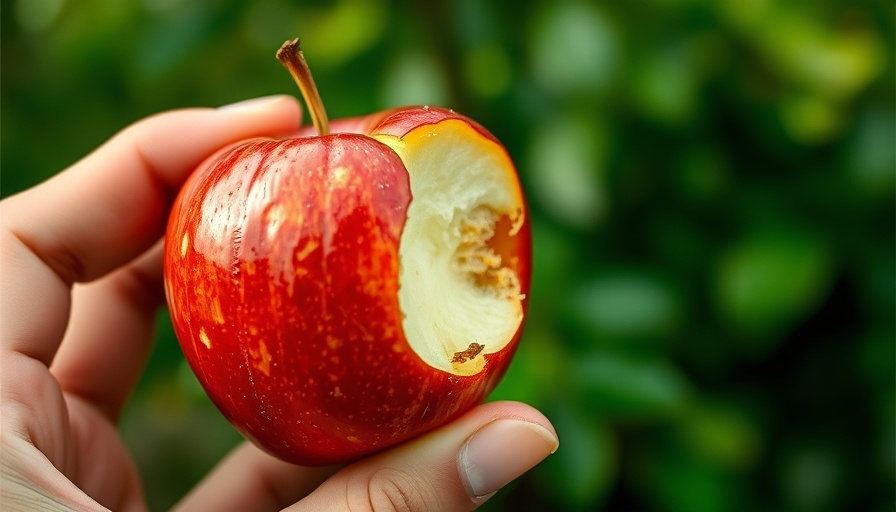
Understanding the Squirrel Conundrum: Why They're Digging
When it comes to pests in our gardens, squirrels often seem like an adorable nuisance rather than a significant threat. However, they can cause considerable damage through their natural behaviors. These furry creatures, primarily tree and ground squirrels, often dig in yards for food, create nests, and replenish their energy reserves. Understanding their habits and signs can help homeowners identify when these furry visitors are becoming a problem. This article outlines vital information regarding squirrel activity and provides methods for protecting your property.
Signs That Squirrels are Invading Your Yard
Just like any other unwelcome guests, squirrels come with their string of clues that can be easily spotted. Here are some signs indicating that squirrels might be digging in your yard:
- Visible Squirrel Activity: The easiest sign is spotting squirrels themselves. They can often be seen foraging during the day, as they are not the shy, nocturnal creatures like rats.
- Small, Cone-Shaped Holes: These holes, about 2-3 inches wide, are left behind when squirrels bury nuts or search for food, which they do extensively before winter.
- Mounds of Freshly Dug Soil: Ground squirrels leave mounds nearby their burrow entrances, which are considerably messier compared to the neatly piled mounds of gophers and moles.
- Disturbed Mulch and Plant Beds: Squirrels will disturb garden beds in search of soft soil to dig, mostly seeking nourishment from seedlings and bulbs.
- Damage to Plants: A clear indication of squirrel activity is the gnawing of tree bark and damage to flowers and vegetables, which could lead to extensive losses for gardeners.
The Real Damage Caused by Squirrels
In areas like Central Virginia, where the presence of squirrels is high, they can wreak havoc on gardens. Squirrels don’t just dig; they also eat and may destroy crops due to their foraging habits. Common issues include:
- Nibbled Fruits and Vegetables: Squirrels may leave your prized tomatoes half-eaten as they raid your garden for a snack.
- Stripped Bark: Stripping bark from trees is common; if this happens significantly, it can kill trees or make them susceptible to diseases.
- Soil Disturbance: The constant digging leads to disrupted soil, which can harm newly planted bulbs or seeds.
Protecting Your Garden: Effective Strategies
Once you identify the signs of squirrel activity in your yard, the next step is to take action and protect your garden. Here are some effective strategies to deter squirrels:
- Install Physical Barriers: Fencing, when properly constructed, can keep squirrels at bay. Squirrel-proof bird feeders also help reduce their attraction to your yard.
- Motion-Activated Sprinklers: This humane method utilizes water to startle squirrels, making them less likely to return to your garden.
- Trim Overhanging Branches: Keeping trees pruned can diminish squirrels’ ability to leap into your garden from above.
- Remove Food Sources: Clean up fallen fruits and seeds regularly to minimize their food options in your yard.
A Call for Professional Help
Sometimes, despite your best efforts, squirrel activity can become overwhelming, particularly if they are nesting. When the signs escalate to a full-blown infestation, it may be time to call a professional. Wildlife management services have the expertise and approaches necessary to safely and humanely remove squirrels while addressing the underlying issues that attract them.
Conclusion: Stay Alert and Take Action
Understanding the signs that squirrels are digging in your yard not only allows you to protect your garden but also helps you appreciate the need for balance between wildlife and our outdoor spaces. By spotting early signs and employing effective deterrents, you can safeguard your property against these crafty critters.
 Add Row
Add Row  Add
Add 


Write A Comment